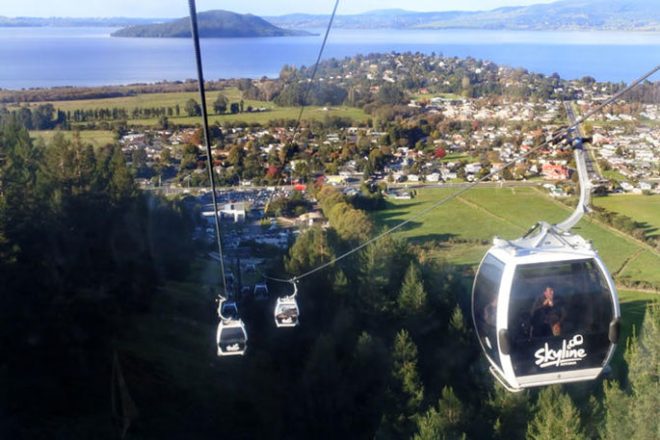Musim panas untuk industri pariwisata Selandia Baru telah berakhir dengan catatan tinggi, dengan banyak bisnis di seluruh negeri melaporkan kinerja yang kuat. Meskipun data akhir untuk kedatangan dan pengeluaran musim panas belum dirilis, tanda-tanda awal menunjukkan musim yang sukses, meskipun lebih rendah dari level 2019.
Total pengeluaran pengunjung internasional untuk tahun ini hingga Desember 2023 adalah $9,9 miliar, menurut survei oleh Kementerian Bisnis, Inovasi dan Ketenagakerjaan. Rebecca Ingram, CEO Industri Pariwisata Aotearoa, menyatakan bahwa akhir Maret menandai akhir musim puncak bagi pengunjung internasional dan wisatawan lokal. Dia menambahkan bahwa meskipun ada beberapa variabilitas, sentimen umum positif dan musim panas akan terus berkontribusi secara signifikan terhadap perekonomian.
Taman liburan memiliki bulan Januari terbaik yang pernah ada, dengan malam tamu mencapai 2 juta. Total kontribusi pariwisata terhadap perekonomian telah kuat, menghasilkan $37,7 miliar pada tahun yang berakhir Maret 2023, dan berkontribusi 6,2% bagi perekonomian negara.
Beberapa operator pariwisata melaporkan musim yang sibuk. Ben Thornton, dari operator tur Bush and Beach, mengatakan bahwa tur mereka telah dipesan penuh sejak Oktober. Gavin Oliver dari EcoZip, sebuah perusahaan zipline, juga melaporkan musim yang sangat baik dengan perlindungan yang baik dari Amerika Utara.
Musim panas juga melihat pengenalan atraksi baru, termasuk Hobbit Hole baru di Hobbiton dan zipline baru di Kaikoura. Ingram mencatat bahwa musim panas sangat penting bagi bisnis pariwisata karena mereka mempersiapkan musim dingin, ketika wisatawan lokal sering bepergian ke luar negeri.
Acara perdagangan terbesar industri pariwisata, TRENZ, akan berlangsung pada bulan Mei dan diperkirakan akan menarik 1.000 delegasi. Acara yang dikelola oleh Tourism Industry Aotearoa ini bertujuan untuk menghubungkan bisnis pariwisata lokal dengan pembeli perjalanan internasional dan Selandia Baru berkualitas tinggi.




























































